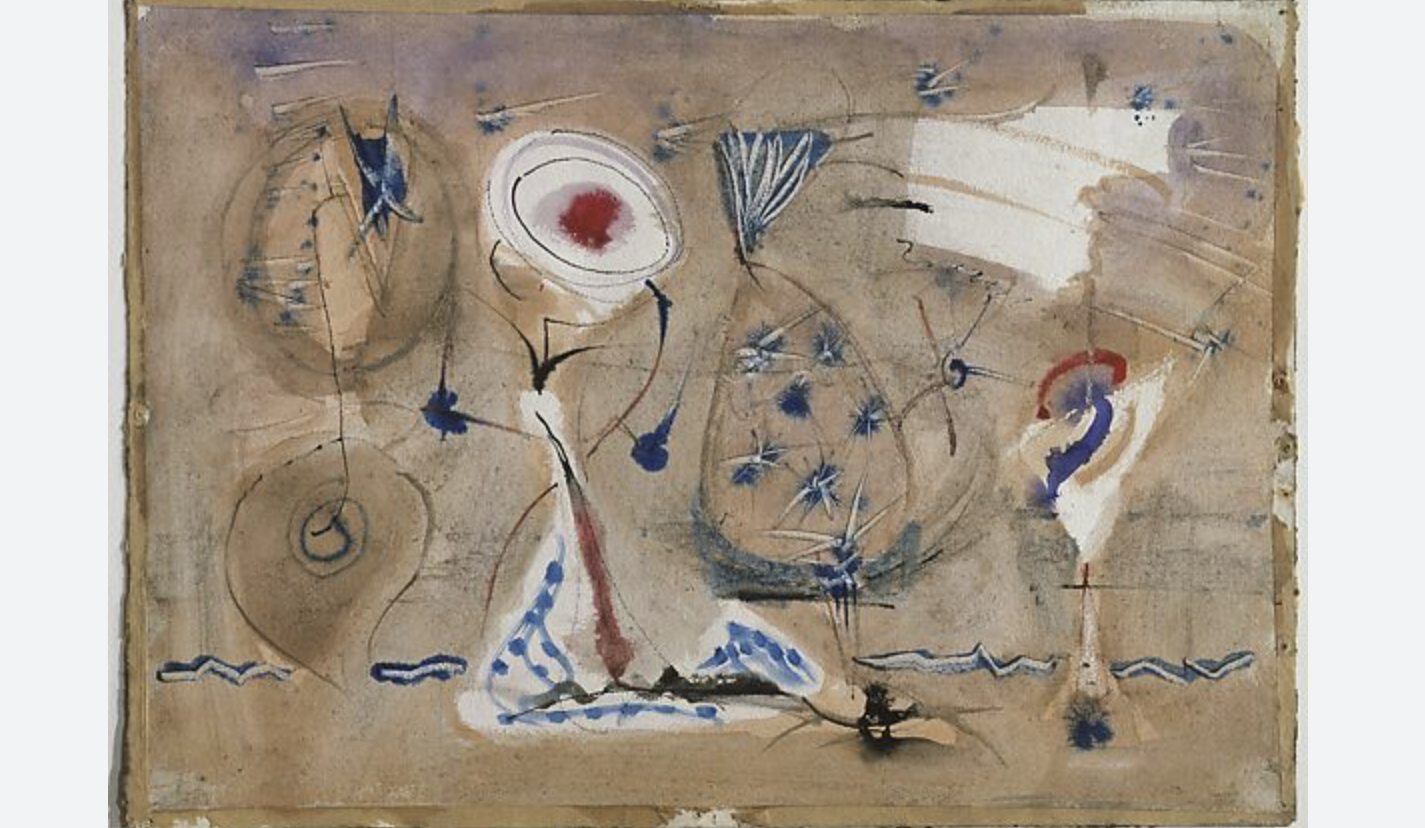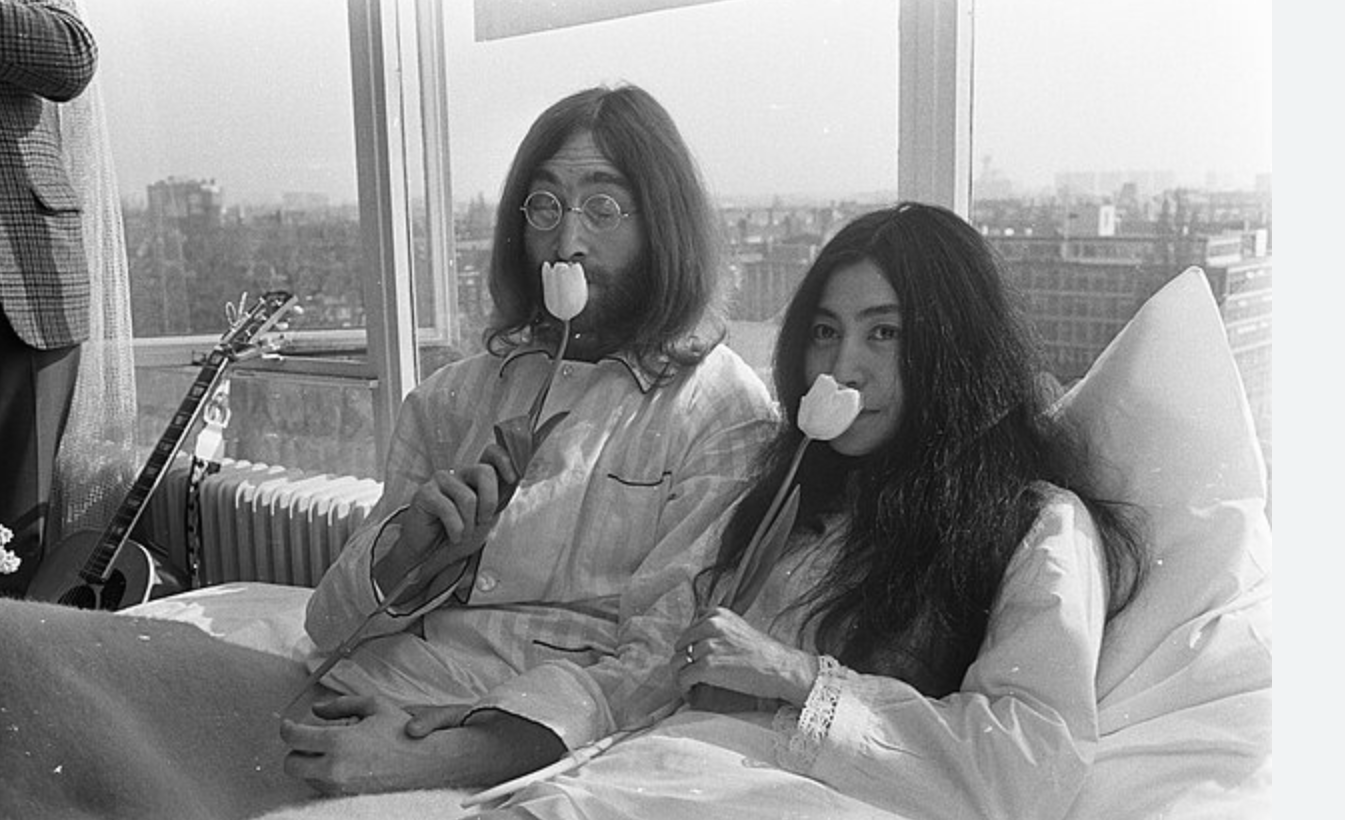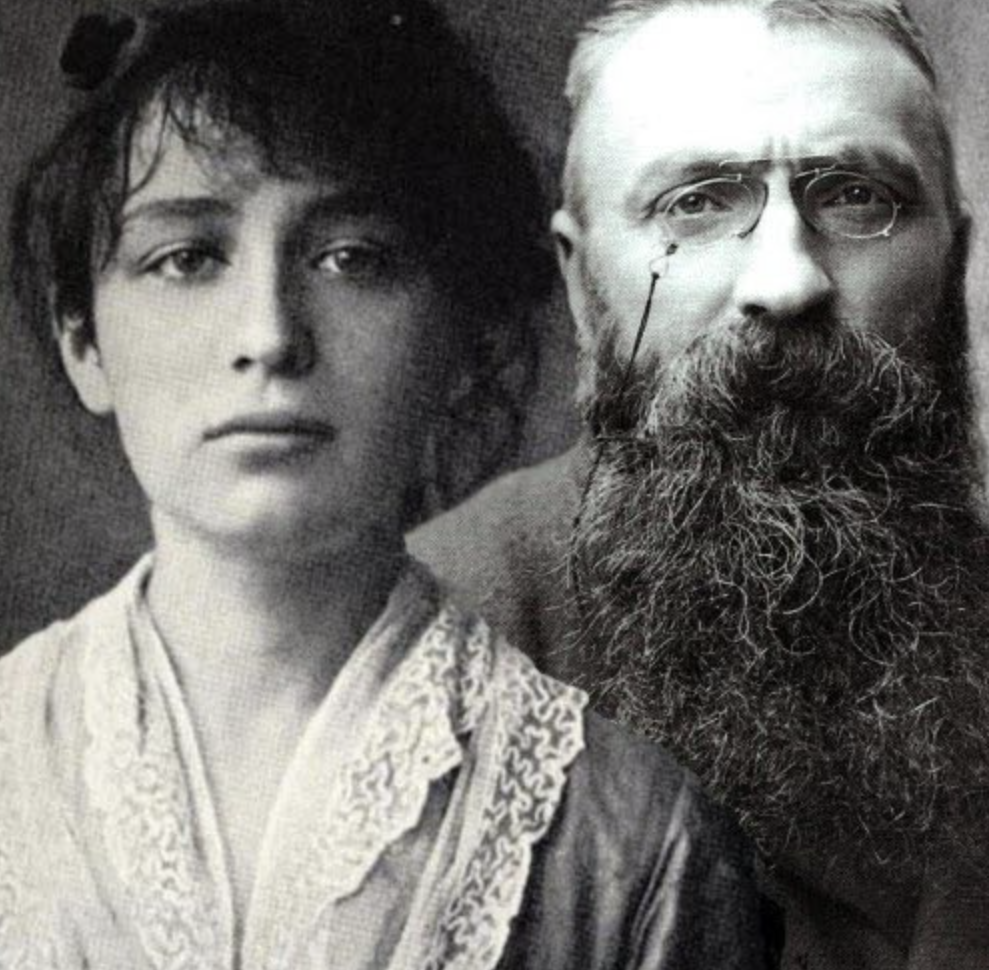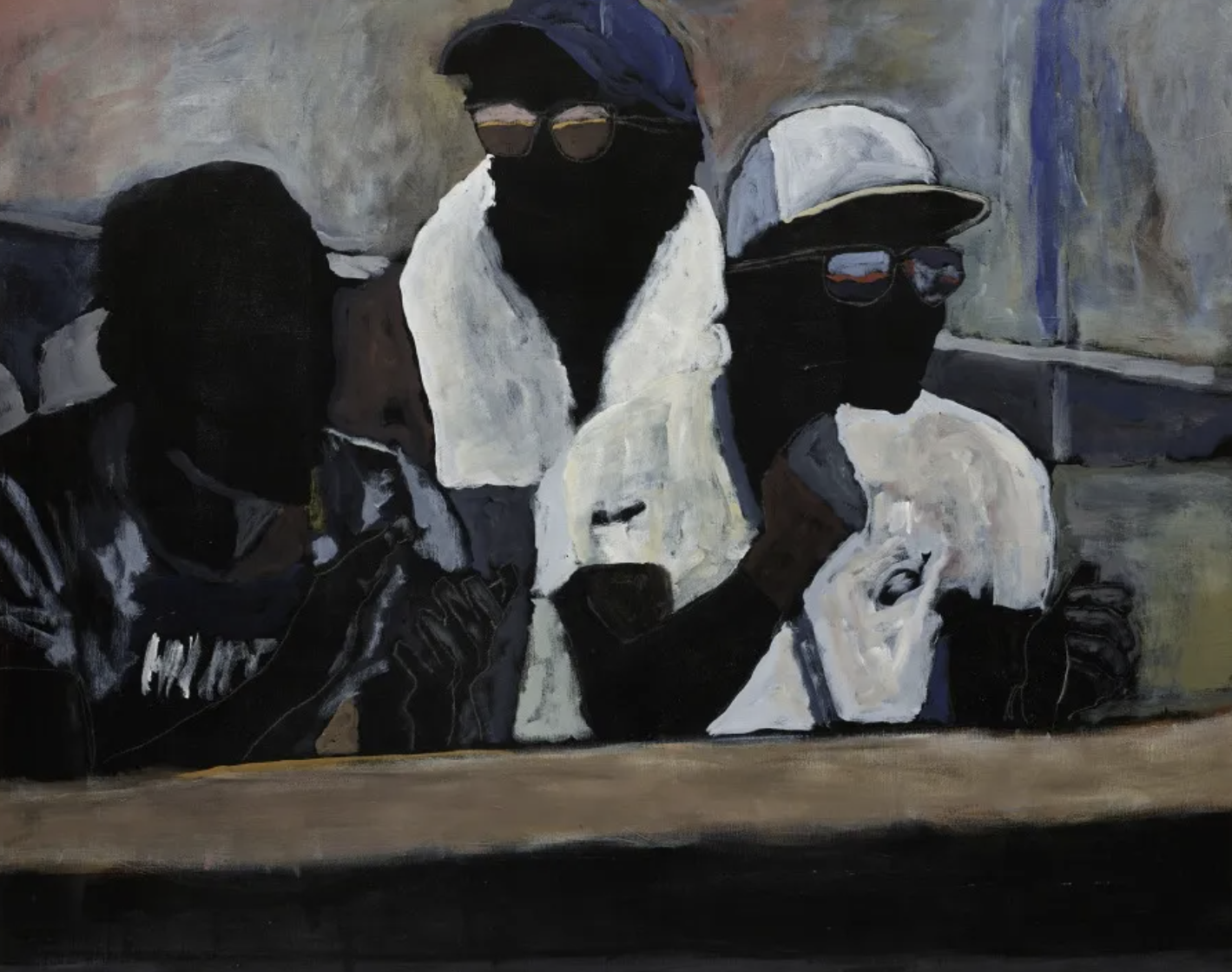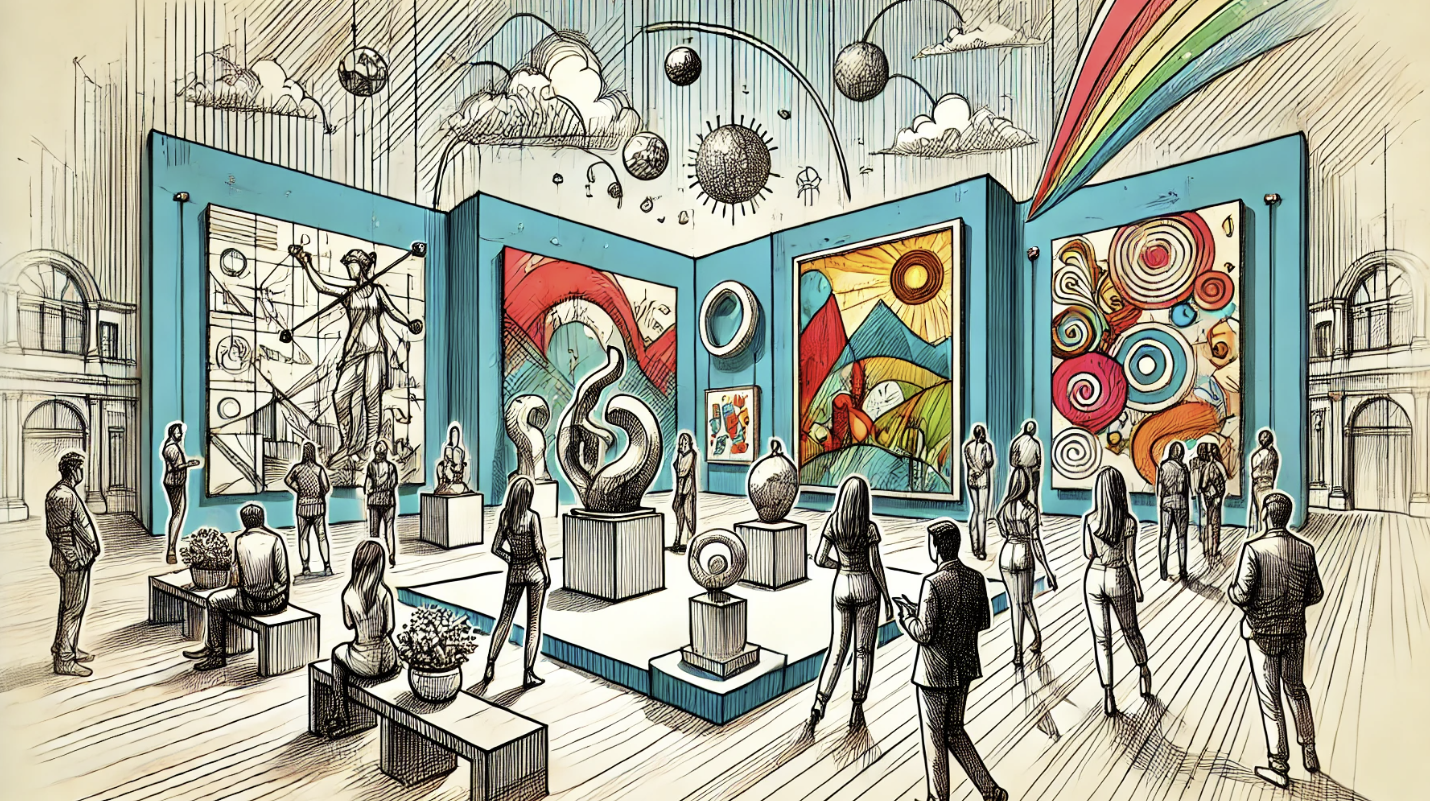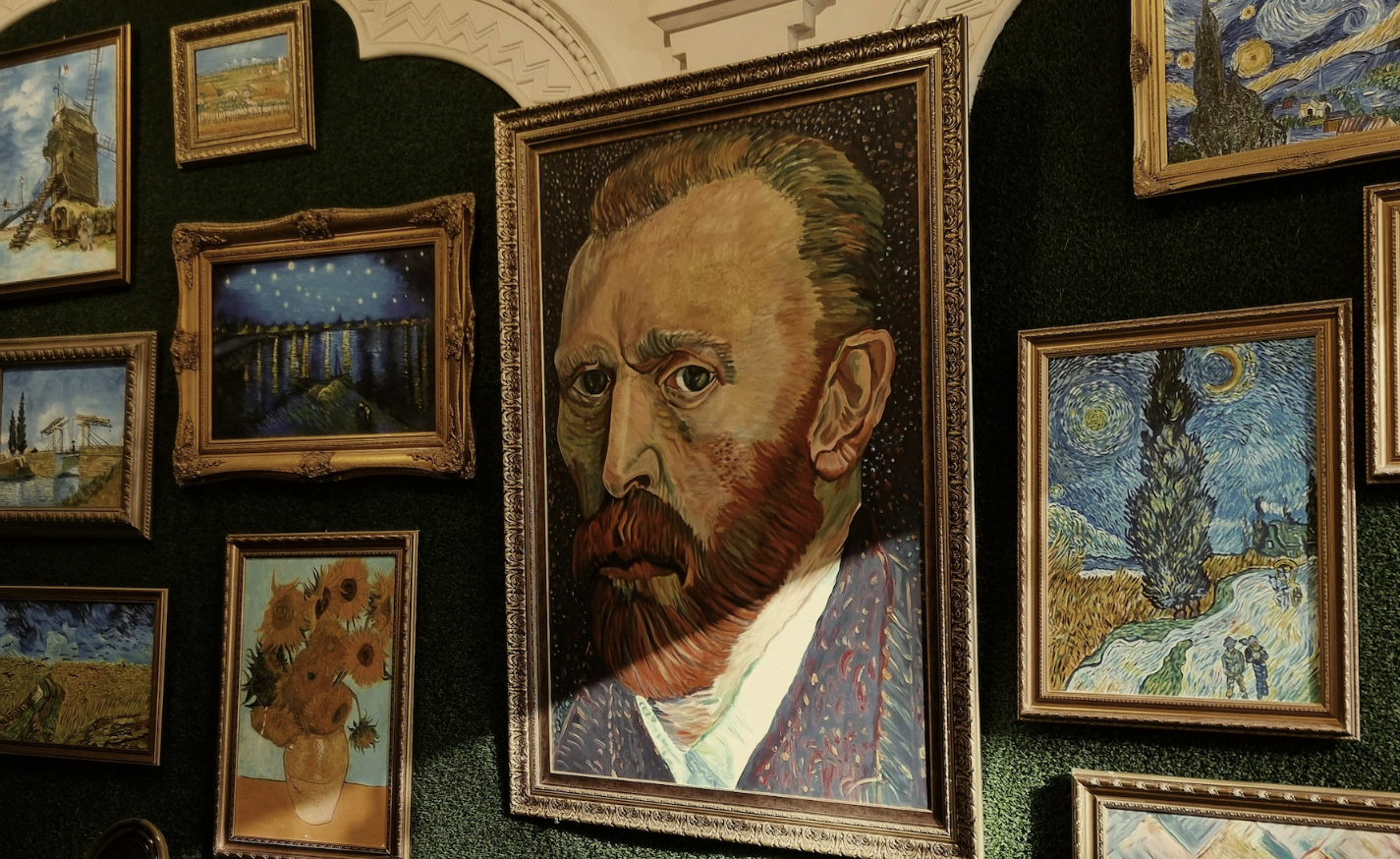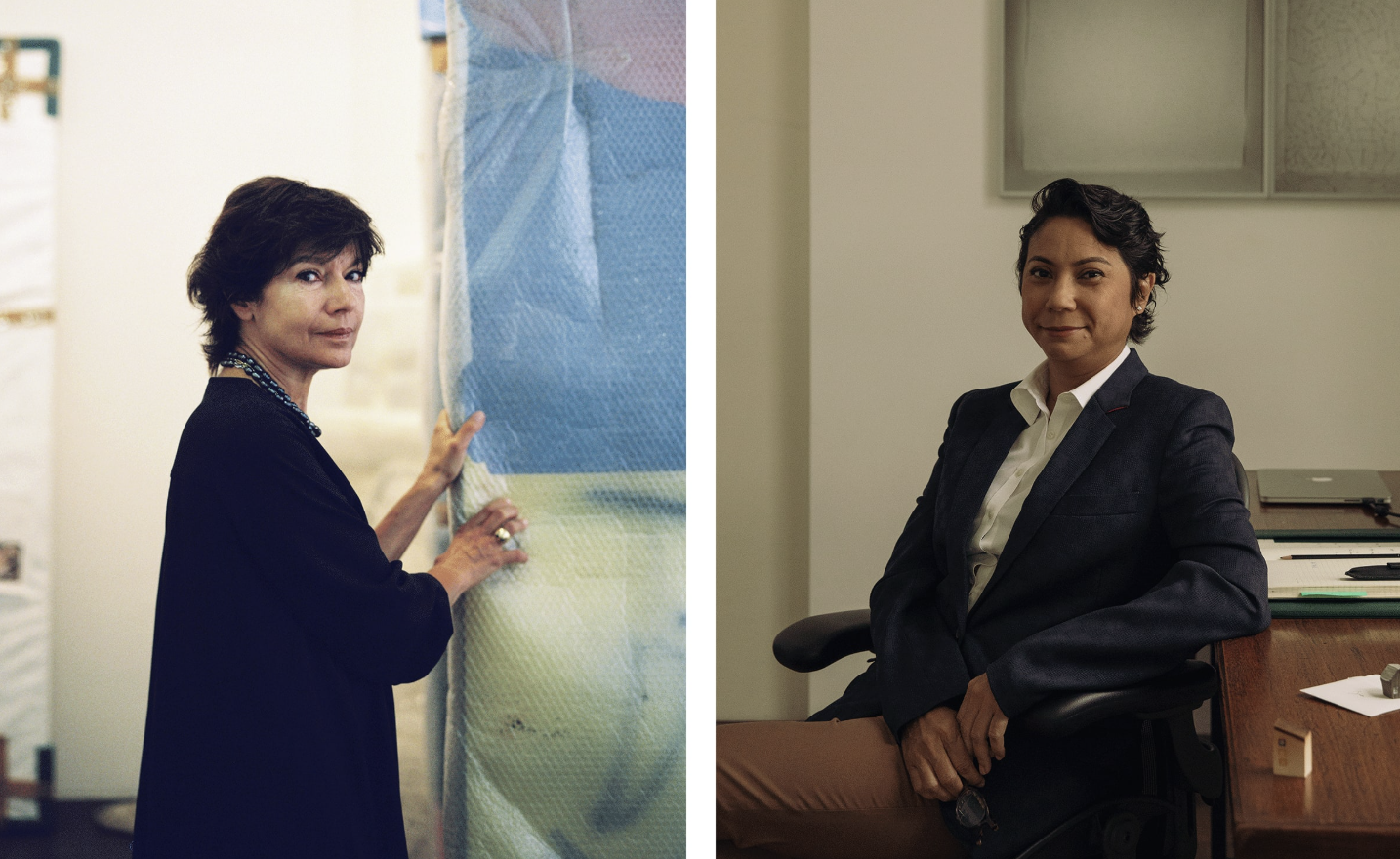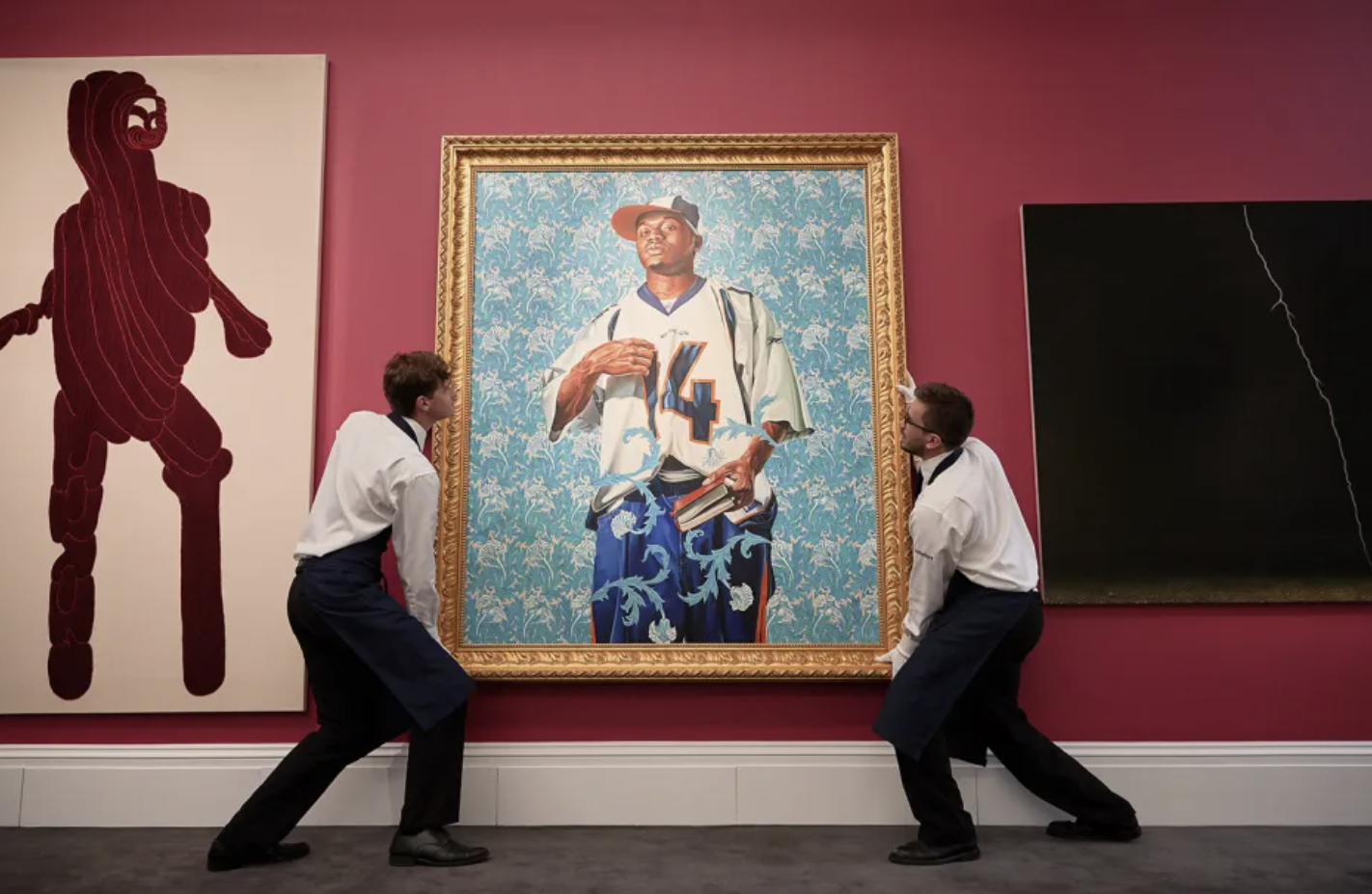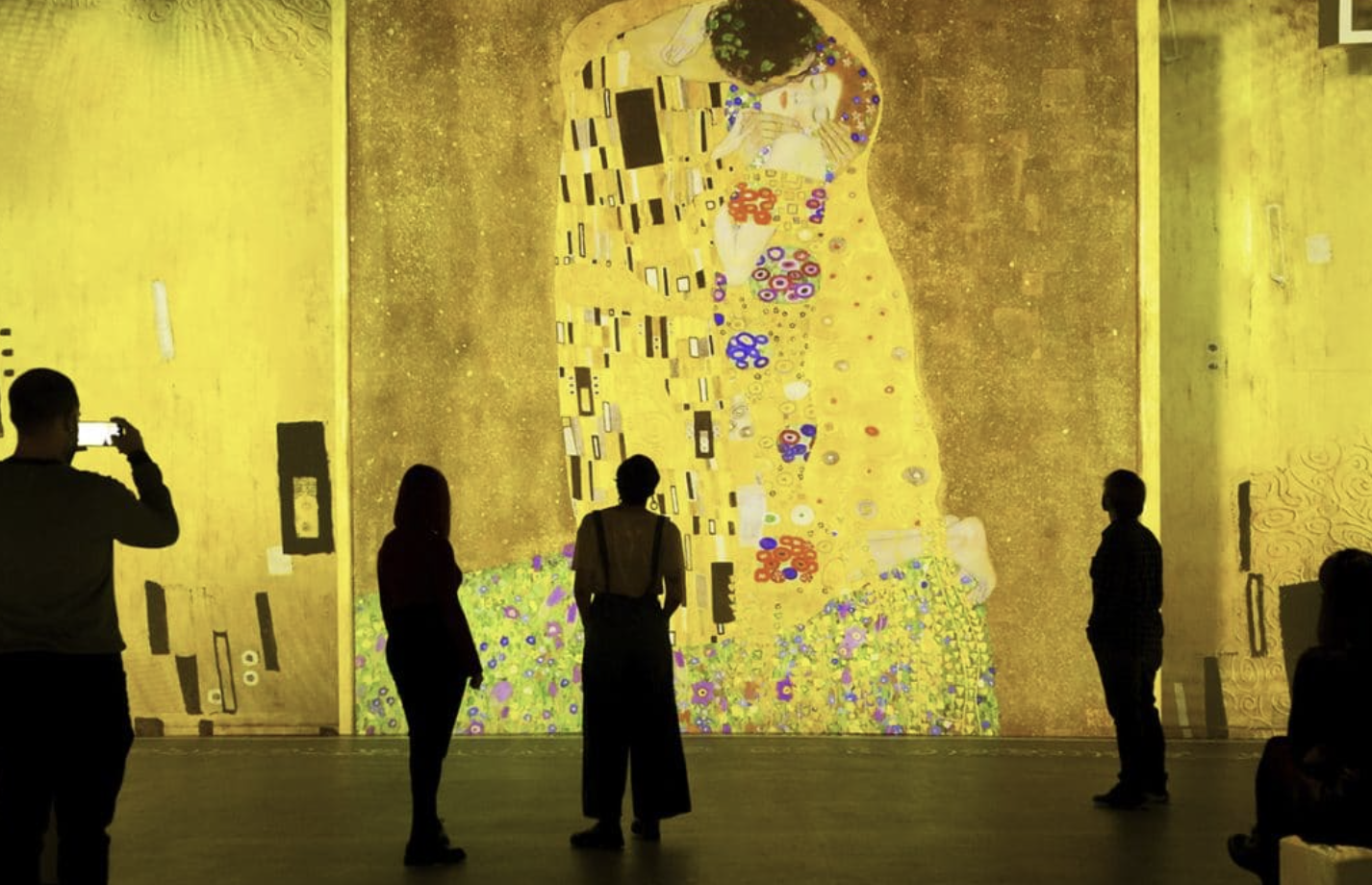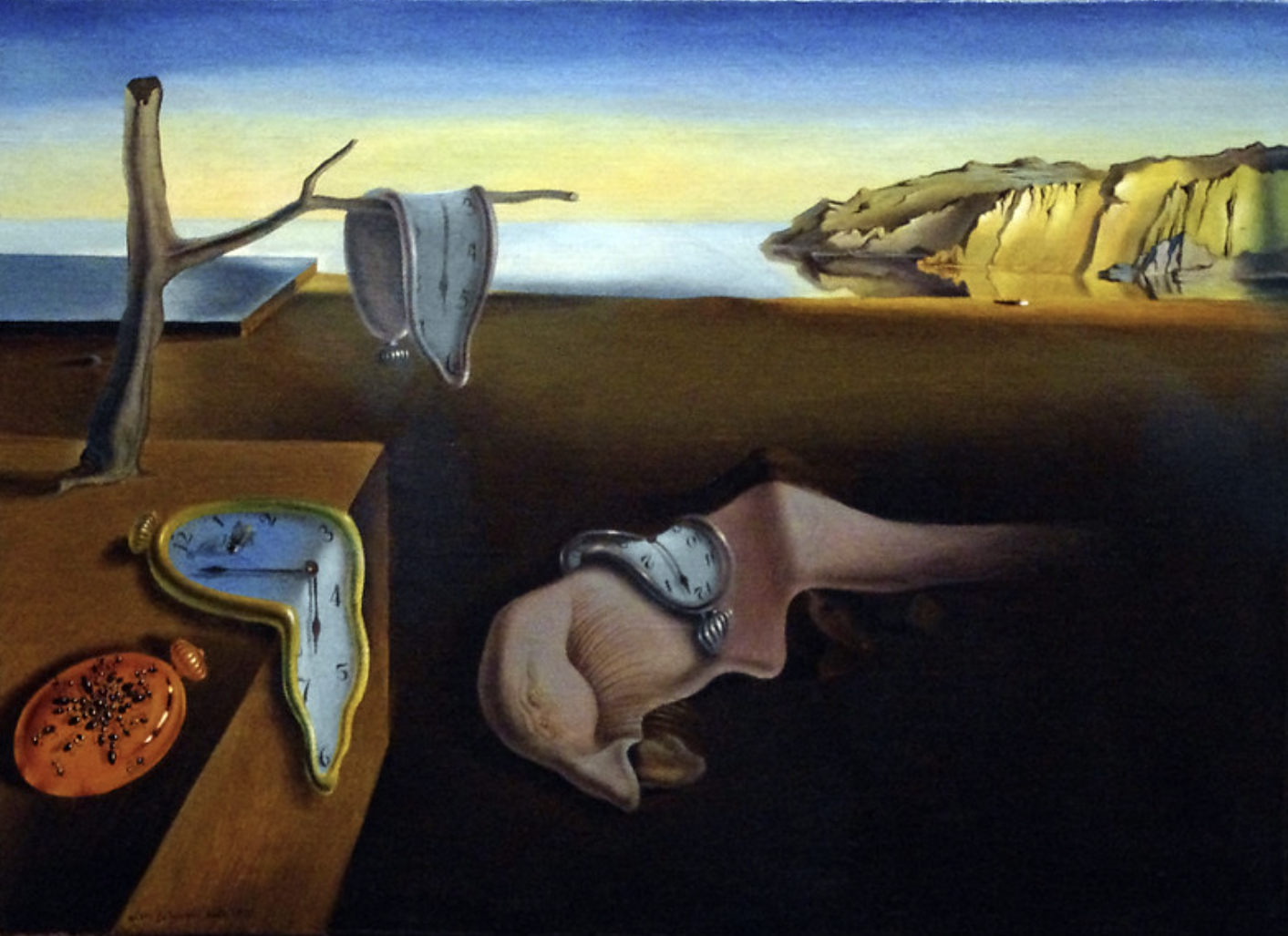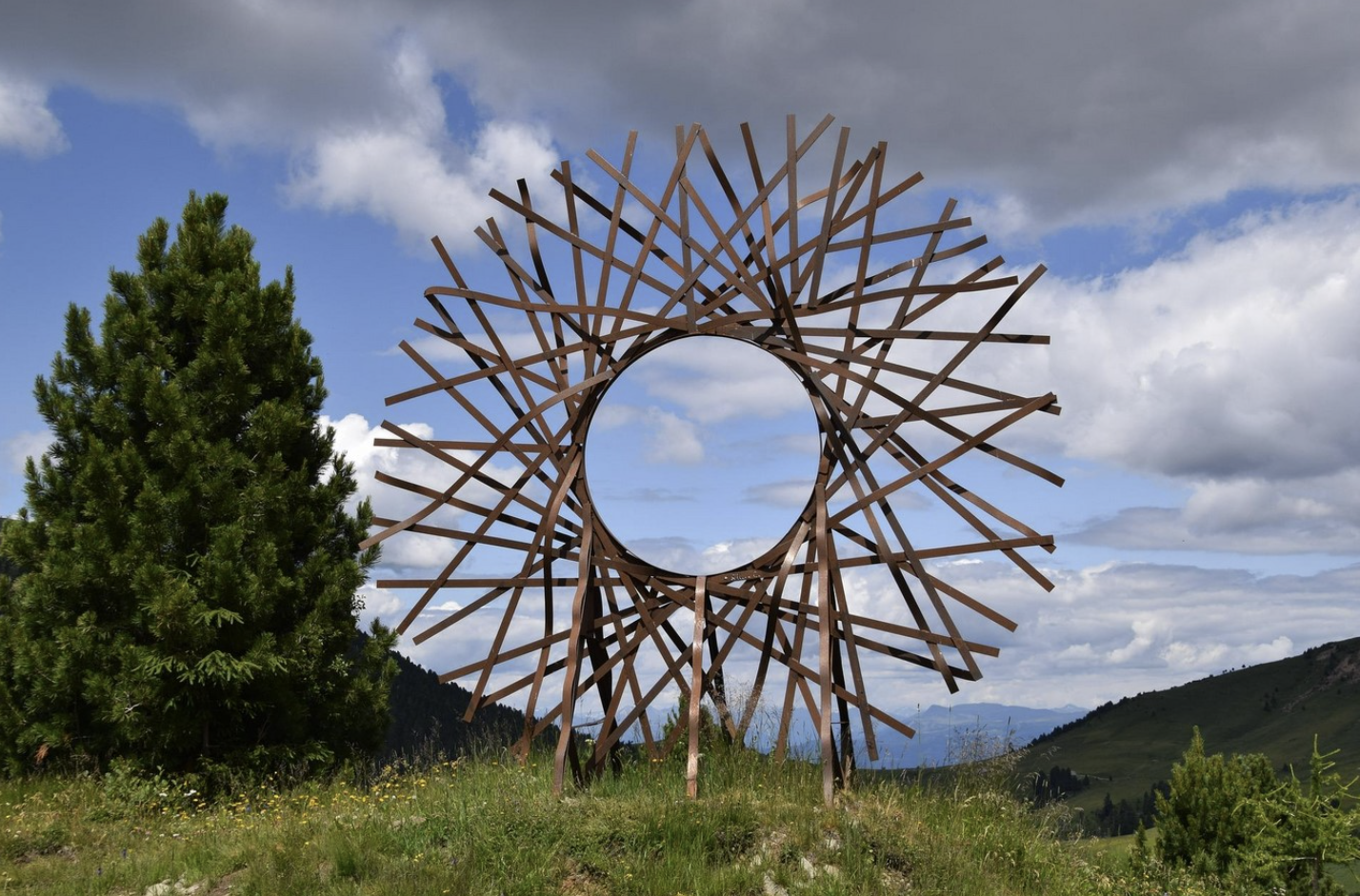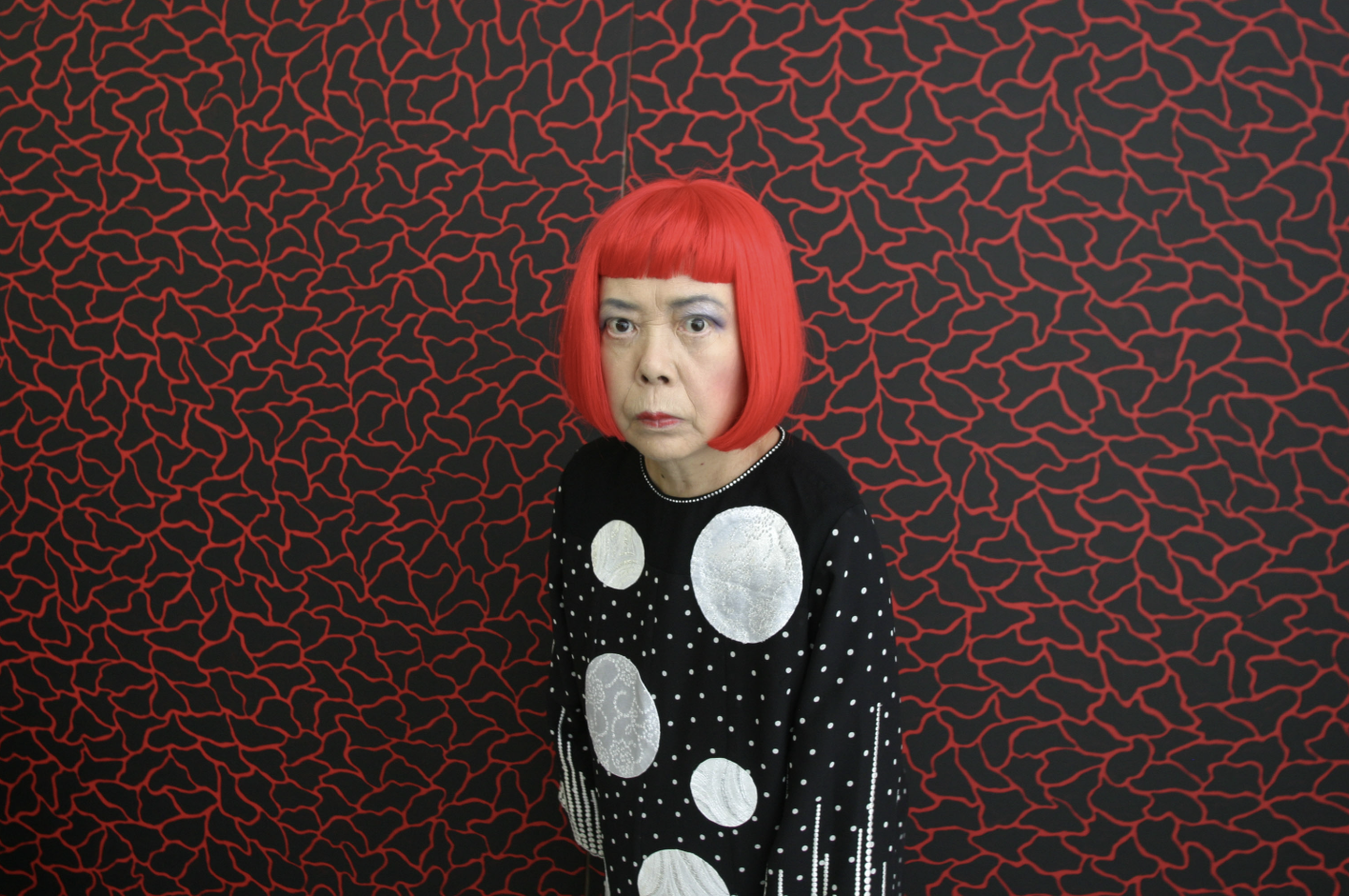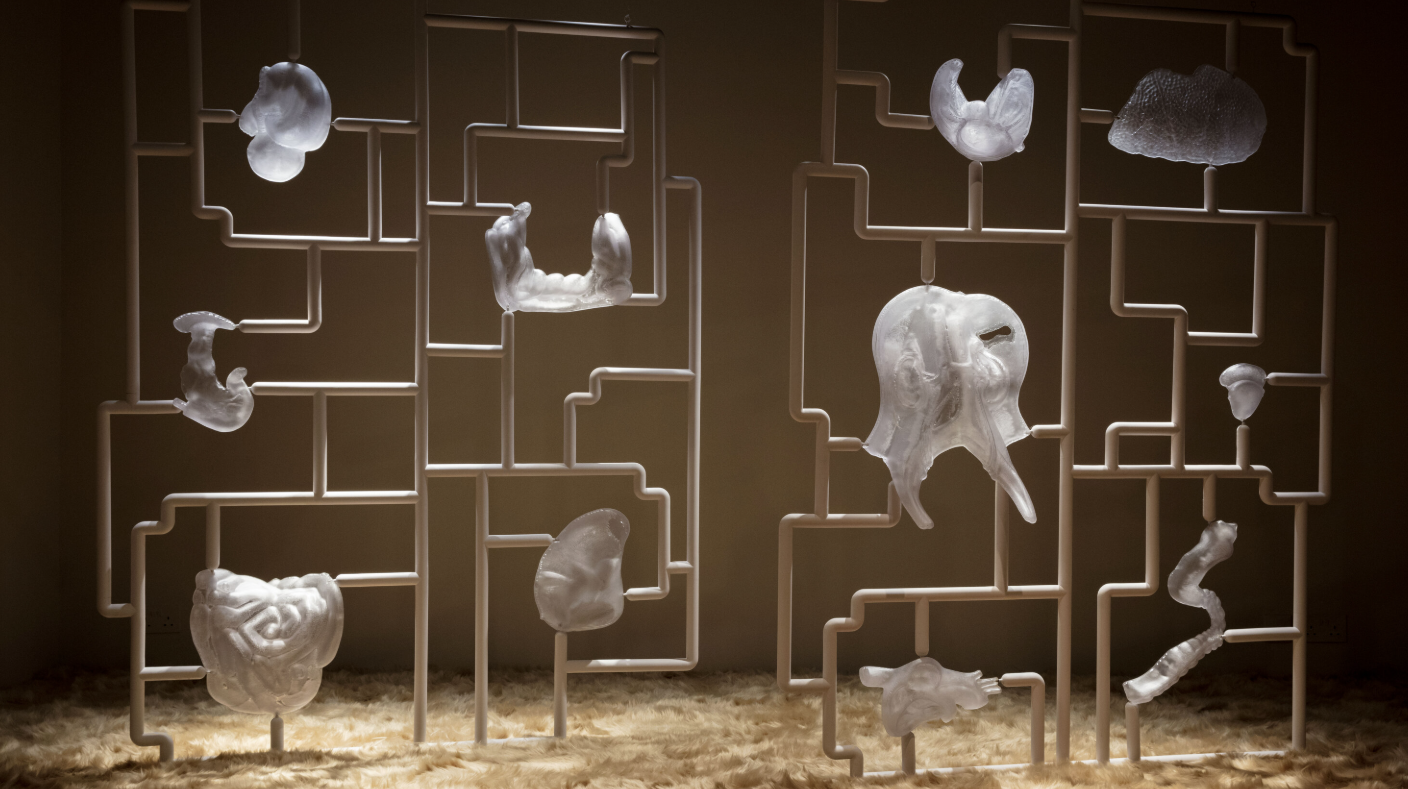
Contemporary sculpture represents an exciting evolution in the world of art, emerging after the modern art movement. It marks a departure from traditional forms, challenging old norms and continuously evolving to reflect the current times. Rather than focusing solely on depicting beauty or the world around us, contemporary art seeks to offer fresh perspectives, often with a more analytical or detached approach. This shift allows for greater reflection on the meaning of creation and its context within society.
Sculpture, as a vital part of contemporary art, plays a significant role in this transformative movement. But what exactly is contemporary sculpture? In simple terms, it’s an art form dedicated to creating three-dimensional works through various techniques. Artists working in this field use a wide range of materials to express their vision, including:
- Wood
- Steel
- Clay
- Metal (such as bronze, aluminum, and pewter)
- Plastic
- Cement
One of the key objectives of contemporary sculpture is to make art more accessible to a diverse audience, breaking down barriers and inviting people from all walks of life to engage with the work.
The Diverse Forms of Contemporary Sculpture
As contemporary art continues to diversify, it has led to the development of numerous art forms such as pop art, street art, and land art. Contemporary sculpture is no exception, frequently evolving to express emotions, challenge conventions, and encourage viewers to think critically about the world around them.
What sets contemporary sculpture apart is its ability to evoke strong emotions. Rather than simply capturing the object itself, the work encourages a deeper contemplation about the nature of creation and its role in our lives. The form, technique, and style may vary greatly from one artist to another, but the emotional response it triggers remains at the core of the experience. What matters most is not always understanding the artist’s intention, but rather how the sculpture makes you feel and how you interpret its message.
Techniques in Contemporary Sculpture
Contemporary sculpture encompasses a wide variety of techniques, reflecting the artist’s vision and the possibilities offered by new materials. Some common methods include:
- Modeling: This technique involves shaping materials such as clay by hand to form sculptures.
- Carving: In this method, artists carve away at solid blocks of materials like wood, stone, metal, or ice to reveal their desired form.
- Assembly: Sculptors combine various materials and media to create a unified artwork.
- 3D Creation: With the rise of digital technology, artists now use software to design virtual sculptures that can be printed in three dimensions using advanced printing technology.
With the increasing integration of digital tools, technology is playing an ever-larger role in the creation of contemporary sculptures, allowing for innovative approaches to form and design.
Notable Examples of Contemporary Sculpture
Throughout the world, contemporary sculptors are pushing the boundaries of their craft, creating iconic and thought-provoking works. For instance, in 2013, American artist Paul Riley made waves with his “Light Bowl,” a minimalist piece that used a simple white bowl against a red backdrop to symbolize loneliness. Similarly, French artist Christian Hirlay, known for his steel sculptures, has gained recognition for his intricate works featuring animals and unicorns.
Keith Haring, an iconic figure from the street art movement, created numerous impactful sculptures using various media before his untimely passing in 1990. Meanwhile, Jeff Koons, a well-known New York-based artist, is famous for his playful yet striking sculptures, such as his steel “Balloon Dogs,” which have become symbols of contemporary pop culture.
Contemporary sculpture continues to evolve, embracing new techniques and materials while challenging the viewer to think deeply about the world and the role of art within it. Whether it’s through digital design or traditional sculpting techniques, artists are redefining what sculpture can be and how it can connect with audiences.




